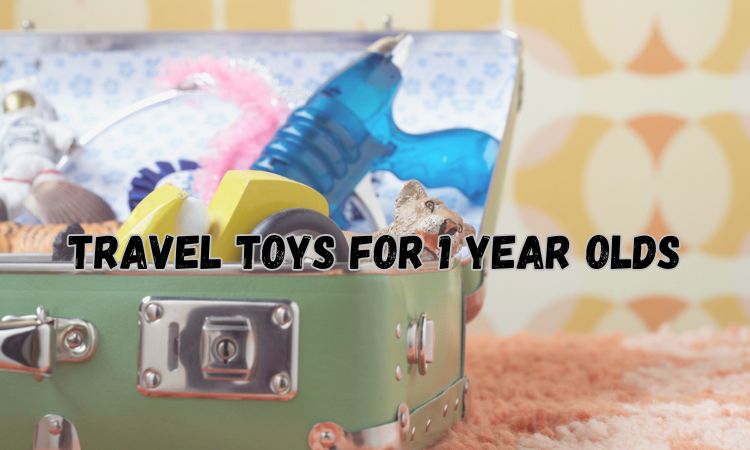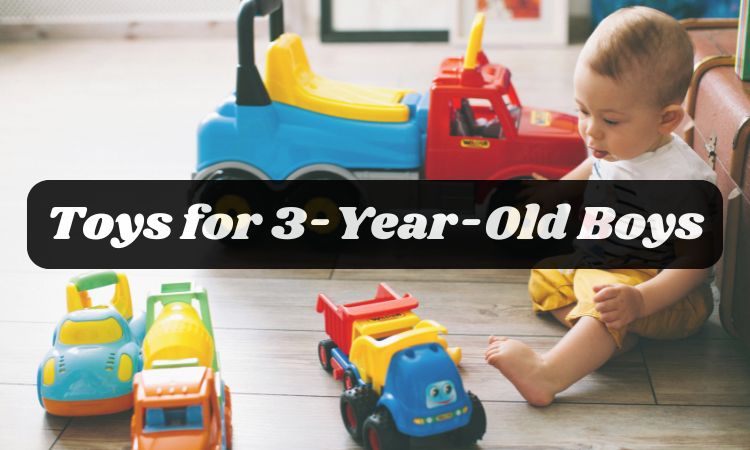As a new parent, you’re likely flooded with advice—and questions—about your baby’s sleep habits. One common concern that often sparks debate is “Can newborns sleep on their side?” While side sleeping might seem harmless or even natural for a tiny infant, this sleep position is surrounded by important safety considerations.
In this guide, we’ll walk you through the medical guidance on newborn sleep positions, break down the risks associated with side sleeping, and share practical tips to help you create a safe and restful sleep environment for your baby.

Can Newborns Sleep on Their Side?
It might look adorable when your baby drifts off on their side—especially if they seem to settle faster that way. But is it safe for newborns to sleep on their side? In short, no. Studies show that side-sleeping babies can easily roll onto their tummies, which significantly raises the risk of Sudden Infant Death Syndrome (SIDS) and other sleep-related dangers.
The American Academy of Pediatrics (AAP) recommends putting babies under 12 months to sleep flat on their backs, on a firm mattress with no pillows, blankets, or stuffed animals. This back-sleeping position keeps the airway clear and lowers the chance of accidental suffocation or getting stuck face-down.
Why Can’t Newborns Sleep on Their Side
To give you a clearer idea why the answer to “Is it OK for a newborn to sleep on side?” is no, let’s look at the real risks that come with side-sleeping:
- Easy roll-over to the tummy: Gravity makes it simple for a side-lying baby—especially one with minimal head control—to flop onto their stomach, the position strongly linked with SIDS.
- Risk of airway blockage & “re-breathing”: In the side position, a newborn’s heavy head can tip forward, narrowing the airway. If they roll facedown into soft bedding, they may also rebreathe exhaled carbon dioxide, lowering oxygen levels.
- Unstable posture for weak neck muscles: Those wobbly newborn neck muscles aren’t ready for side sleeping. The strain can contribute to conditions like torticollis (a stiff, tilted neck) or simply wake your baby more often.
- No real benefit for spit-up: It’s a myth that side sleeping prevents choking. Healthy infants have built-in reflexes that protect their airway while lying on their backs.
When Is Side Sleeping Okay
As your baby grows and develops, their sleep patterns and positions will naturally evolve. So, when is it safe for your little one to sleep on their side?
Around 4 to 6 months of age, many babies begin to roll over both ways—back to tummy and tummy to back. Once your baby consistently demonstrates this ability, it’s generally considered safe to let them find their own sleep position. However, it’s crucial to always place your baby on their back to sleep initially during the first year.
If your baby rolls onto their side or stomach during sleep, there’s no need to reposition them, provided they’ve reached this “roll-both-ways” milestone. Just ensure their sleep environment is safe: a firm mattress, no loose bedding, and a crib free of toys and pillows.
What to Do If Your Newborn Rolls to Their Side on Their Own
It’s not uncommon for newborns to end up on their side during sleep, especially in the early weeks. This movement is often due to natural reflexes, like the “newborn curl,” where babies tuck their knees and arms close to their bodies, mimicking their position in the womb.
If you notice your newborn has rolled onto their side:
- Gently reposition them onto their back for 0–3-month babies. As soon as you notice the roll, place your hand on baby’s hips and rotate them onto their back. Keep the motion smooth to avoid fully waking them.
- Leave them be after the “roll-both-ways” milestone. Once your baby can move from back-to-tummy and tummy-to-back consistently and without help, you no longer have to reposition them if they settle on their side during sleep. Starting every sleep on the back is still essential.
- Stop swaddling at the first signs of rolling. A swaddled baby who flips to the side (or stomach) can’t use their arms to push up and free their airway. Transition to a wearable sleep sack with arms-out openings once rolling begins.
- Double-check your sleep setup. Ensure crib bars are the proper width, the mattress fits snugly, and there are zero loose sheets or toys that could migrate toward your baby’s face if they roll.

How to Prevent Newborns from Side Sleeping
As you see, preventing newborns from side sleeping is crucial for reducing the risk of SIDS, especially during the first few months. To help your baby sleep safely on their back, take note of the following tips:
Always start on the back
This is the most important habit you can build. Every nap and nighttime sleep should begin with your baby placed flat on their back, in the middle of a firm crib mattress. This consistent positioning helps reduce the risk of SIDS and makes it less likely that your baby will end up on their side.
Swaddle safely
Swaddling can help calm your newborn and keep their arms from flailing into a side roll. Just make sure you’re wrapping snugly across the chest (but loose at the hips) and using a breathable material. Once your baby shows signs of starting to roll—like rocking to the side or lifting their legs—it’s time to stop swaddling for safety.
Switch to a sleep sack
When you phase out swaddling, use a wearable blanket or sleep sack instead of loose blankets. Sleep sacks help keep your baby cozy without the risks of side-rolling or suffocation from soft bedding.
Avoid wedges and positioners
It’s tempting to buy products that claim to prevent side sleeping or help with reflux, but items like sleep wedges, positioners, or anti-roll pillows are not safe. In fact, they’ve been linked to suffocation risks and are not recommended by pediatricians or safety experts.
Keep the crib firm and flat
Soft or inclined surfaces can make it easier for your baby to tip to one side. Stick to a firm mattress with a tight-fitted sheet and avoid letting your baby nap for long periods in swings, car seats, or loungers, especially if they fall asleep there.
Try offering a pacifier
Some studies show that giving your baby a pacifier at naptime and bedtime may help reduce the risk of SIDS. It can also help settle them on their back more comfortably. If they spit it out, there’s no need to put it back in.
Dress your baby appropriately
Keep the room cool and dress your baby in breathable layers. Overheating can make babies restless and more likely to squirm into an awkward position—including their side.
Room-share for the first 6 months
Having your baby sleep in the same room (but not the same bed) for at least the first six months makes it easier to keep an eye on them. If they do roll to their side, you can quickly and gently reposition them.
Encourage tummy time during the day
While back sleeping is best for nighttime, supervised tummy time during the day helps build the neck and shoulder strength your baby needs to eventually roll safely. Start with a few minutes at a time and gradually increase as your baby grows stronger.
To make both tummy time and bedtime go more smoothly? The Alilo baby music player is especially handy. You can set it next to the play-mat and cue up one of the built-in nursery rhymes; the gentle music encourages your baby to lift their head and follow the soft, color-changing “bunny” ears with their eyes (great for early tracking skills).
Later, when it’s time to settle down, flip to the lullabies or white-noise tracks and let the same familiar device signal, “Hey, we’re winding down now.” You can also record your own voice.
Because the speaker is rechargeable (USB-C), tough enough to survive a few tumbles, and pairs with Bluetooth for your own playlists, you can move it from tummy-time blanket to bedside without fuss.

Conclusion
So, let’s go back to that big question—can newborns sleep on their side? For now, the safest answer is no. Even if it looks comfy or your baby seems to like it, side sleeping can increase the risk of dangerous situations like rolling onto their tummy and even SIDS. But don’t stress—babies grow fast, and what’s off-limits today won’t stay that way for long. With a little knowledge and a few simple steps, you can help your baby sleep safely and give yourself some peace of mind.
FAQ
Is it OK for newborns to sleep on their side?
Experts recommend placing newborns on their back to sleep, as it reduces the potential risk of SIDS (short for Sudden Infant Death Syndrome). Side sleeping can sometimes lead to rolling onto the tummy, which isn’t considered safe for newborns.
What if my newborn turns on his side to sleep?
If your newborn rolls to their side, gently reposition them onto their back. Over time, as they grow and gain the ability to roll both ways, such movements become less of a concern, but for now, back sleeping is the safest spot.
What to do if the baby won’t sleep on their back?
It’s totally normal for some babies to resist back sleeping at first—but don’t give up! Stick with it, because it’s the safest position for reducing the risk of SIDS. Try strategies like swaddling (if your baby isn’t rolling yet), using a white noise machine, or offering a pacifier. Make sure the sleep surface is firm and free of loose items. If your baby still struggles a lot or seems uncomfortable, talk to your pediatrician to rule out reflux or other issues.







Share and get 5% off!
Simply share this product on one of the following social networks and you will unlock 15% off!